Introduction: Metal forging is a long-established and highly reliable manufacturing process that continues to underpin modern industrial production. Among the various metals used in forging, aluminium forging stands out due to its exceptional strength-to-weight ratio, natural corrosion resistance, and good electrical conductivity. These unique properties make aluminium a preferred material across a wide range of industries, including automotive, aerospace, electronics, and consumer goods.
In particular, aluminium forging is widely used to manufacture strong, lightweight, and high-performance components. By applying controlled heat and pressure, aluminium alloys can be shaped into complex forms with excellent mechanical properties. This process is especially critical in applications where safety, reliability, and efficiency are non-negotiable—such as in aircraft structures, vehicle suspensions, and defence systems.
What Is Aluminum Forging?
Aluminum forging involves shaping aluminum alloys under controlled heat and pressure to form precise and durable components. This process enhances the mechanical properties of the material, such as tensile strength, fatigue resistance, and structural integrity.
Forging differs from other manufacturing techniques like casting in that it realigns the metal’s grain structure, improving its overall performance. The result is a component that can withstand high loads, stress, and temperature fluctuations.
The Aluminum Forging Process
- Pre-forging Preparation
- Alloy Selection: The correct alloy is selected based on strength, corrosion resistance, and machining requirements.
- Billet Heating: Aluminum billets are heated between 400°C and 500°C to improve malleability and reduce the risk of cracking.
- Forging Operation
- Die Design: Dies are custom-designed based on part geometry and expected material flow.
- Temperature Control: Controlled forging temperatures ensure optimal material behavior and mechanical performance.
- Application of Pressure
- We press the heated billet into the die cavities using mechanical or hydraulic presses. This causes the aluminum to deform and take the desired shape plastically.
- Plastic Deformation
- Under pressure and heat, the aluminum undergoes plastic deformation, aligning its grain structure and enhancing strength.
- Post-Forging Operations
- Heat Treatment: Processes like quenching and tempering further refine mechanical properties.
- Surface Treatment: Includes machining, drilling, shot blasting, and coating.
- Inspection & Quality Control: Ensures dimensional accuracy and defect-free components.
Types of Aluminum Forging
- Hot Forging: Performed at high temperatures for better material flow and complex shapes.
- Cold Forging: Done at or near room temperature for improved dimensional accuracy and surface finish.
- Open Die Forging: Uses flat or simple dies to shape large or custom parts.
- Closed Die Forging: Also known as impression die forging; ideal for precision and repeatability.
- Drop Forging: Uses a drop hammer to repeatedly strike the billet into a die.
- Rolled Ring Forging: Produces seamless rings through rolling and compression.
Aluminum Alloys Used in Forging
| Alloy | Strength | Corrosion Resistance | Applications |
|---|---|---|---|
| 6061 | Medium | High | Aerospace structures, marine fittings, automotive parts, bicycle frames, structural tubing |
| 6063 | Medium | High | Architectural components, window frames, railings, piping systems |
| 6082 | High | High | Commercial vehicles, rail transport, cranes, bridges, offshore platforms |
| 7075 | Very High | Medium | Aircraft fittings, aerospace fasteners, defence components, bicycle parts, tooling |
| 2024 | High | Medium | Aircraft fuselage, structural aerospace components, transport applications |
| 7050 | Very High | Very High | Military aircraft, bulkheads, wing skins, spacecraft, high-strength aerospace parts |
| 2xxx Series | High | Medium | High-load automotive parts, aerospace skins, gears, and shafts |
| 7xxx Series | Very High | Medium to High | Performance racing parts, aircraft landing gear, high-performance sports equipment, aerospace structures |
Benefits of Aluminium Forging
- Superior mechanical properties: strength, toughness, and fatigue resistance.
- Precise dimensional control and surface finish.
- Lower material waste compared to alternative processes.
- Lightweight yet strong components.
- Cost-effective for medium to high-volume production.
6. Aluminium Forging vs. Die Casting
While both forging and die casting are commonly used in aluminium part manufacturing, they differ significantly in strength, precision, production efficiency, and cost. Below is a detailed comparison to help determine which process best suits your application needs:
| Feature | Forging | Die Casting |
|---|---|---|
| Strength | Exceptional mechanical strength due to grain flow and work hardening. Ideal for critical structural parts requiring fatigue resistance. | Generally lower strength as metal solidifies in the mould without grain refinement. Suitable for non-load-bearing components. |
| Complexity | Supports moderate complexity. Better suited for simpler or moderately intricate designs with excellent consistency. | Highly capable of producing intricate, complex geometries, thin-walled sections, and detailed surface features. |
| Surface Finish | Good surface quality but may require secondary operations such as machining or polishing for aesthetics or tolerance control. | Produces excellent surface finish directly from the mould, often with minimal post-processing required. |
| Production Speed | Relatively slower due to heating, pressing, and cooling cycles. More suited for low-to-medium volume production. | Faster cycle times and higher throughput, making it ideal for high-volume manufacturing scenarios. |
| Cost (per part) | Higher unit cost at lower volumes due to more labour, tooling, and processing requirements. | Lower cost per part at high volumes due to rapid mould cycles and automation potential. |
| Application Suitability | Preferred for critical, high-stress applications such as aerospace components, suspension arms, and safety parts. | Well suited for decorative parts, casings, housings, and components with low mechanical stress requirements. |
Forging as the Primary Method in Automotive Wheel Manufacturing
Forging, especially a blend of precision (closed-die) forging and flow forming (rotary forging), stands as the leading technique for crafting high-performance automotive wheels. Below is a summary of the core technologies and selection points:
Precision Forging in Wheel Manufacturing
Precision forging involves shaping heated metal under high pressure, aligning the grain structure for enhanced strength and durability. A notable example is the Porsche Taycan’s forged wheels, made using hot-die forging techniques. These wheels endure temperatures up to 1800°C and exhibit an 18% increase in material density over flow-formed alternatives.
Flow Forming Characteristics
Flow forming refines the rim by compressing it under rotation, boosting structural density while maintaining a cast centre. It offers a balanced solution, combining the weight-saving properties of casting with added strength in critical areas. The Tesla Model Y demonstrates this with flow-formed rims and forged spokes, providing a cost-effective yet performance-focused wheel design.
| Requirement | Recommended Process | Benefit |
|---|---|---|
| High Performance | Full Forging | 18–25% higher tensile strength; ideal for racing/sports cars |
| Weight Reduction | Flow Forming | 15–20% lighter; suitable for daily driving and efficiency |
| Cost Efficiency | Flow Forming or Hybrid Approach | Forging: ~8 hours/unit with 15% material lossFlow Forming: ~300 units/day |
“Flow-formed wheels are typically manufactured using 6001 or 6061 series aluminum alloys, offering tensile strength up to 350 MPa and a density of 2.7 g/cm³. Forged wheels are generally produced from high-strength 7075-T6 aluminum alloy, with tensile strength over 550 MPa and a density of 2.8 g/cm³.”
J.D. Power Survey – 2023
(Technical Materials Source)
Applications of Forged Aluminium Parts
Forged aluminium components are widely used across industries where high strength, reduced weight, and durability are essential. Below are some key application areas:
- Aerospace: Used in critical structural and load-bearing parts such as landing gear, fuselage frames, wing spars, and high-performance engine mounts. Forged aluminium offers superior fatigue resistance and strength-to-weight ratio, essential for aircraft performance and safety.
- Automotive: Commonly applied in suspension systems (e.g., control arms, wishbones), steering components (e.g., knuckles, brackets), and transmission parts. Forging enhances crashworthiness and extends component lifespan under dynamic loads.
- Defence and Military: Deployed in the construction of missile guidance housings, turret rings, armour plating elements, and vehicle chassis where high impact resistance and structural integrity are mission-critical.
- Consumer Goods and Sports Equipment: Applied in manufacturing lightweight, durable products such as high-performance bicycle frames, baseball bats, golf club heads, and premium-grade cookware. These parts benefit from enhanced formability and structural strength.
- Medical Devices: Forged aluminium is used for surgical instrument handles, orthopaedic supports, and mobility aid frames due to its precision, biocompatibility, and corrosion resistance.
- Industrial Machinery: Forged parts are used in high-stress components like gear blanks, valve bodies, and coupling flanges, ensuring durability and consistent performance in harsh working conditions.
- Marine and Offshore: Utilised in structural supports, brackets, and hull reinforcements where resistance to corrosion from saltwater and high mechanical loads is crucial.



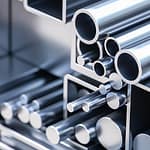
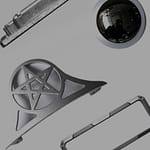
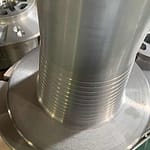
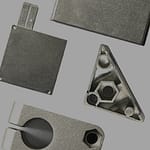

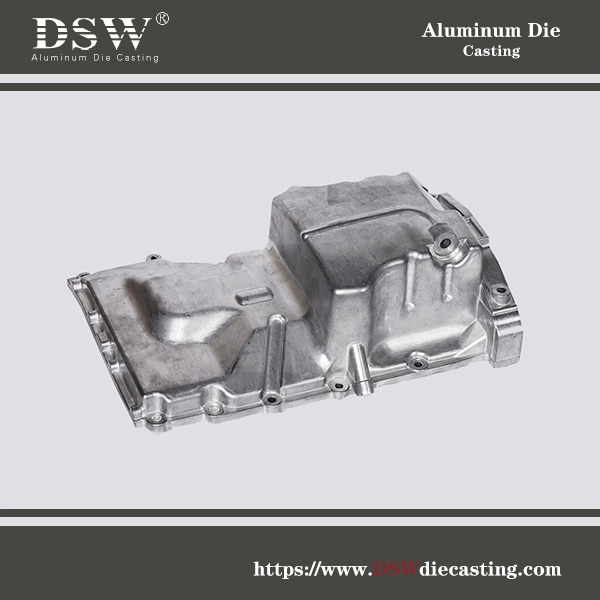

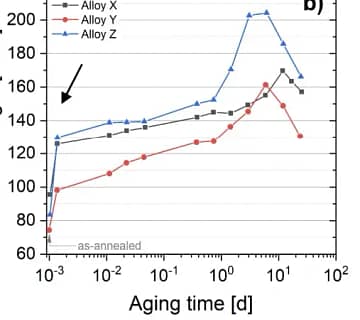

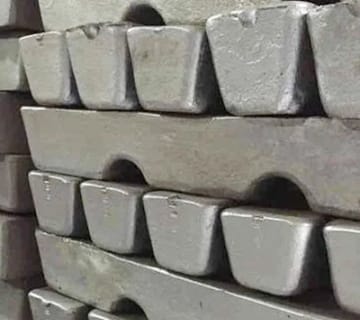

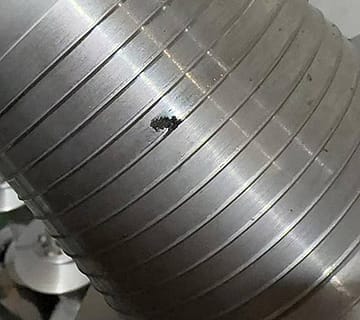
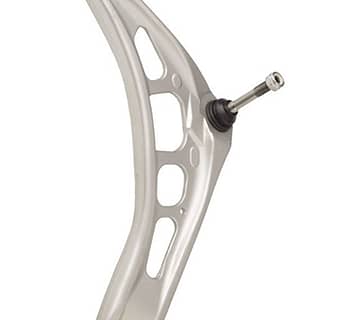
No comment